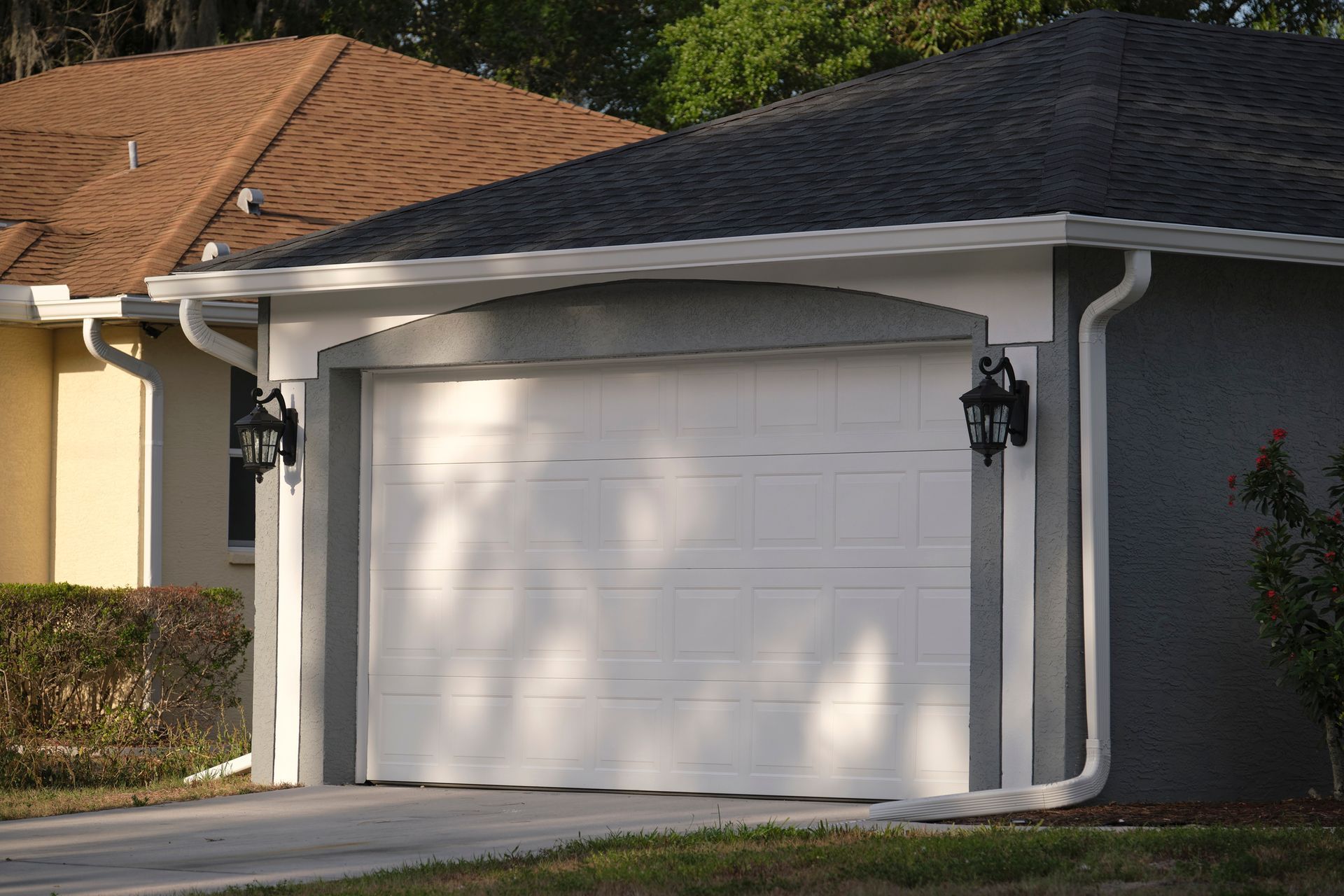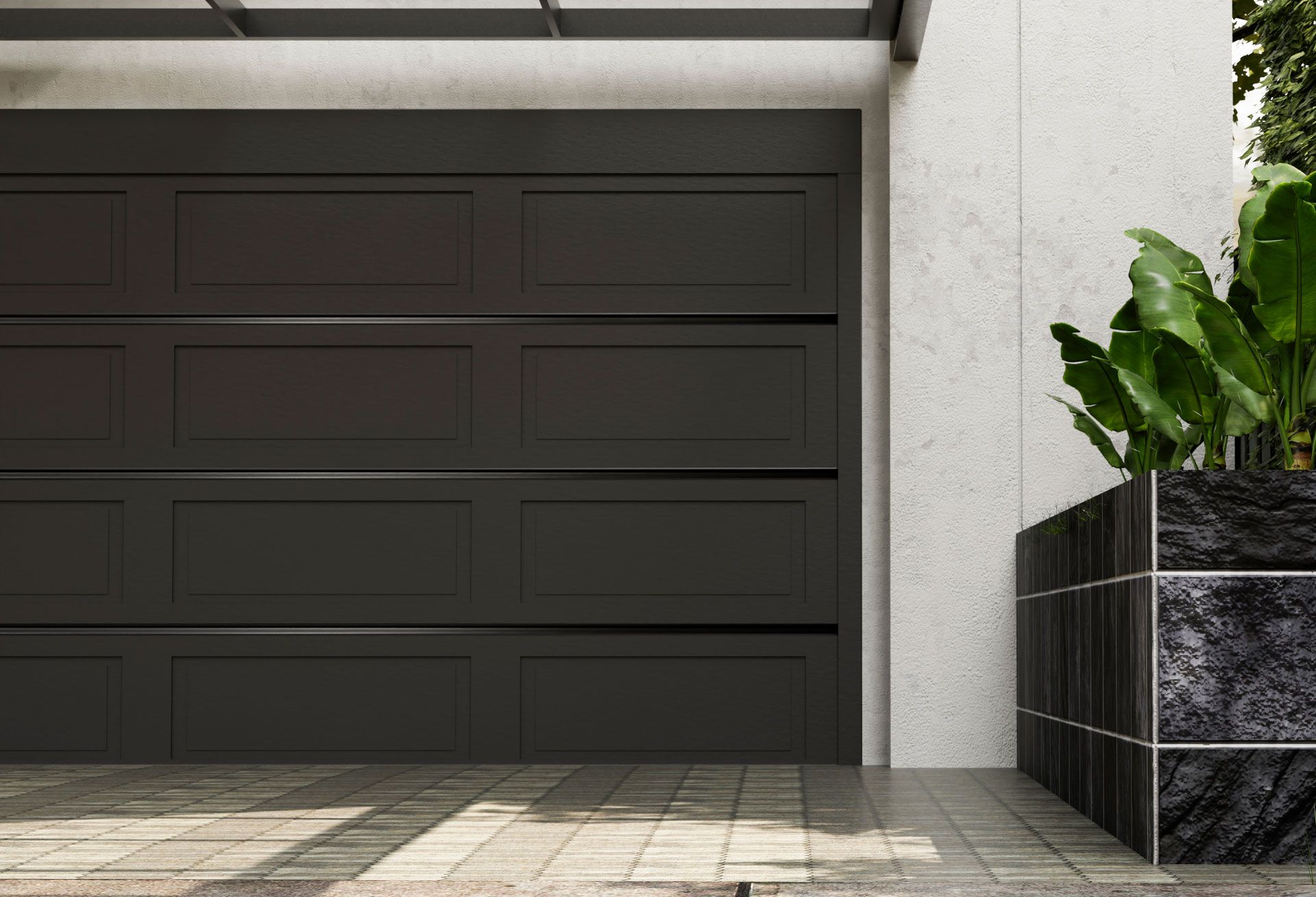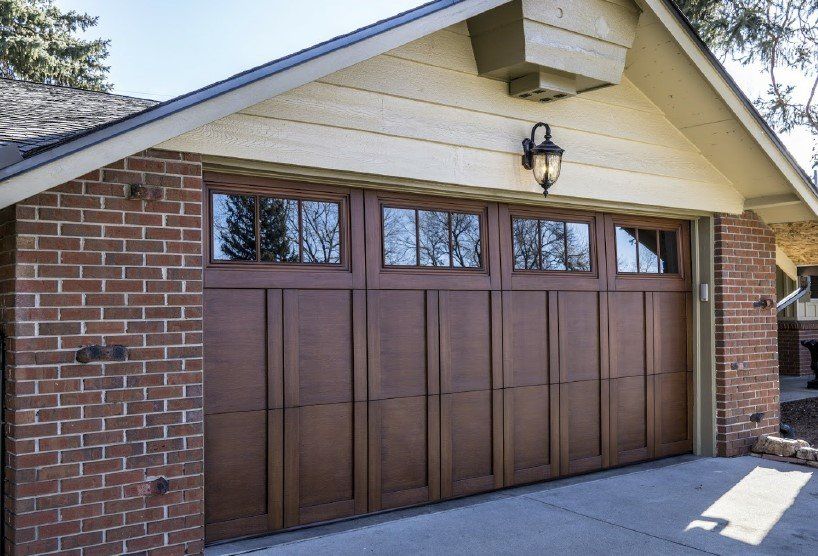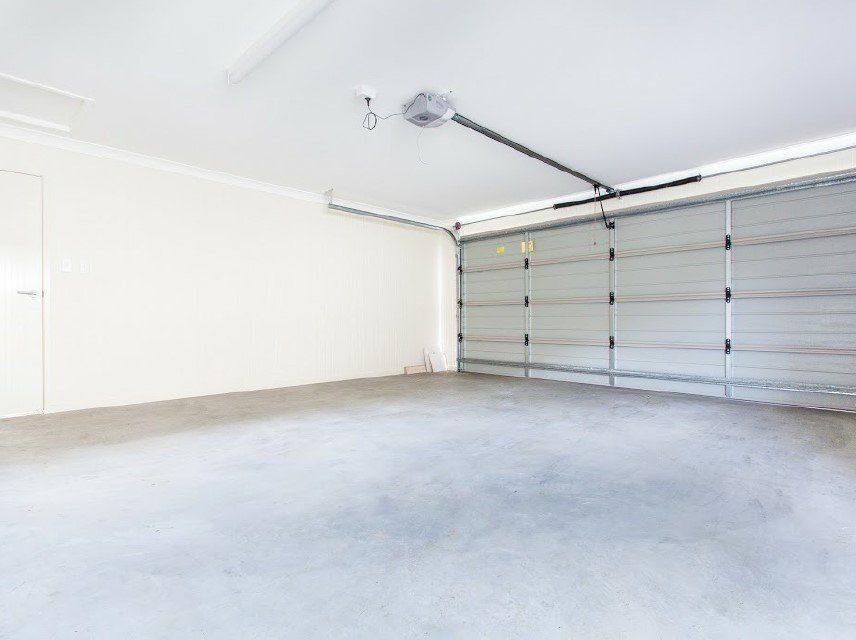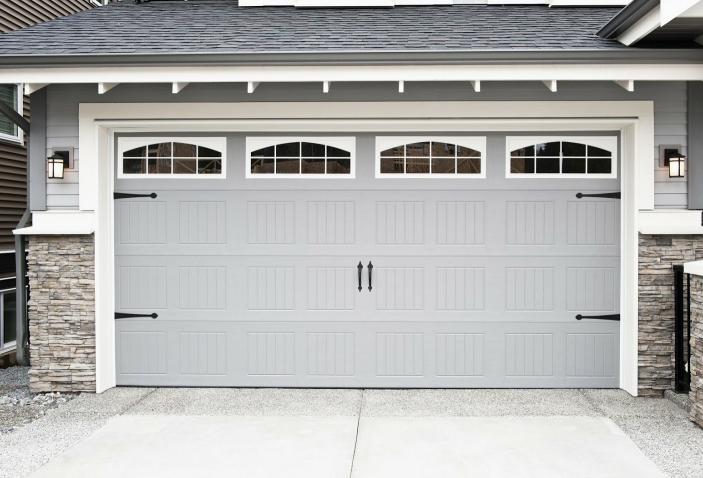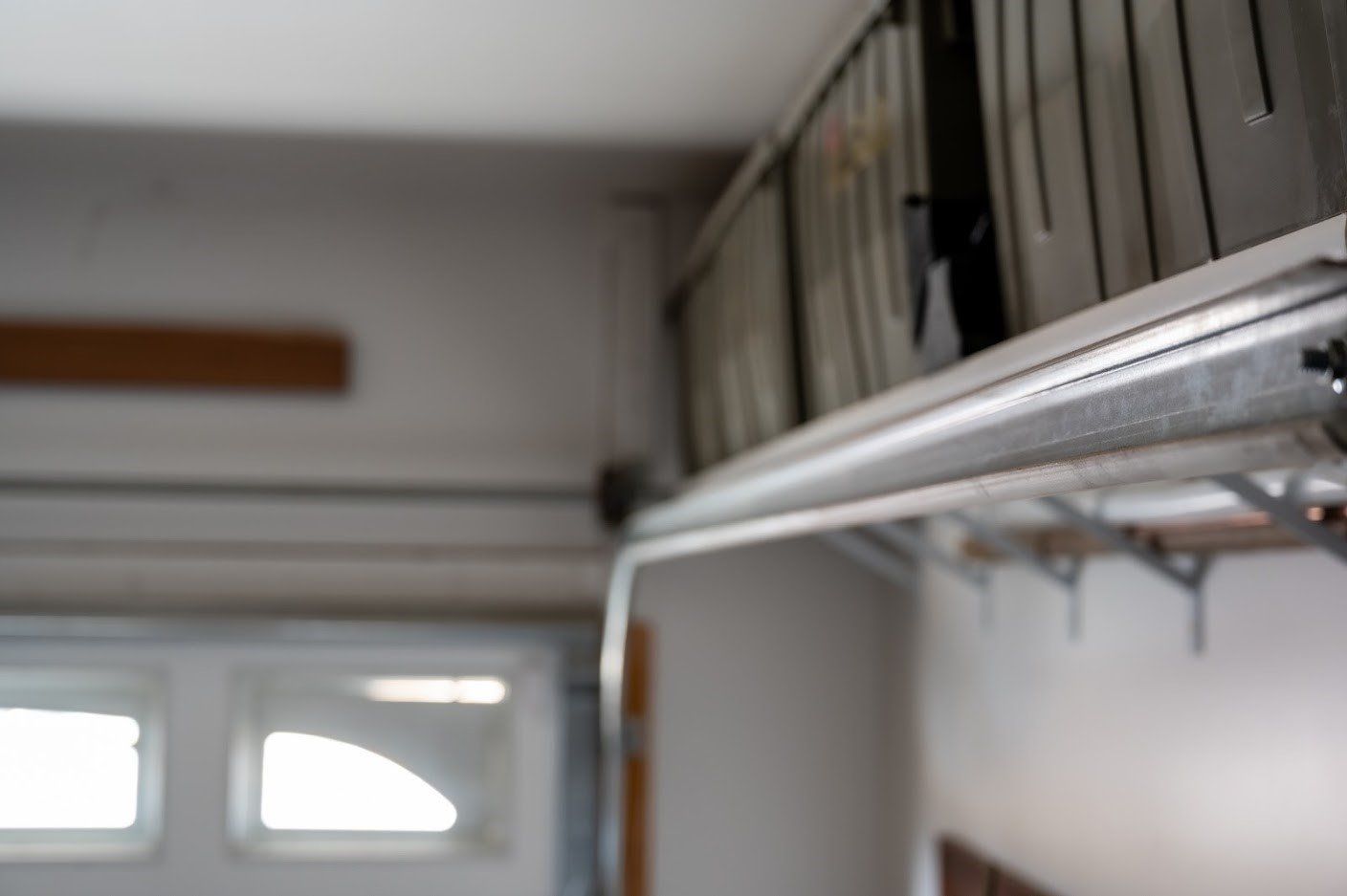How Does Your Automatic Garage Door Work?
April 15, 2020
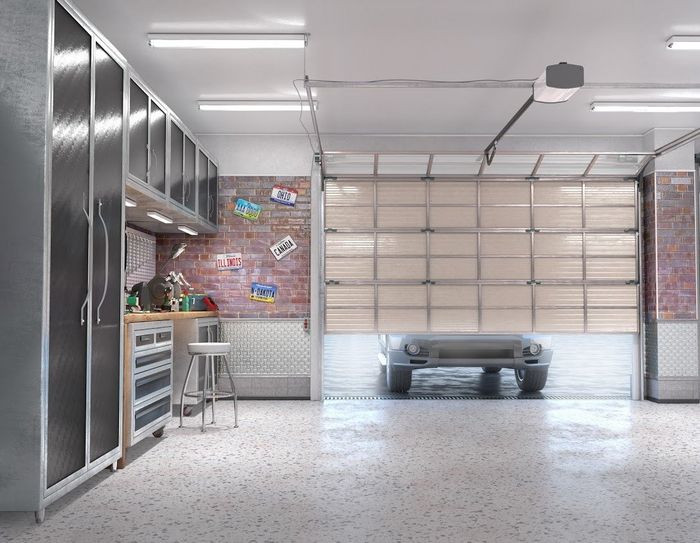
Automatic garage doors make it easy to get inside your garage. Of course, as long as your system is working, you probably don't think about it much. If you want to take better care of your garage door system, keep reading to learn more about how your system works.
Opener and Keypad
An automatic garage door opener allows you to open and close the door without any effort other than pushing a button, which means you can open the door from the comfort of your car. These openers work by using radio frequencies. When the frequencies match, the door opens or closes.
One drawback to these openers is that certain brands may use the same frequency. Therefore, if your neighbor has the same system as you, they may be able to open your garage door with their remote. Luckily, you can adjust the frequency on the actual garage door opener inside the garage. As long as your neighbor doesn't know the frequency, they can't change their remote to match yours.
In most cases, homeowners also have a keypad, which can be used to open the door. This keypad resides on the outside of the house, so you need to ensure you choose a unique code: random numbers instead of your address, birthdate, etc.
Springs and Track System
Garage doors are heavy, so even an automatic system needs help in the form of springs. Springs open the door without putting too much strain on the system, which could cause the entire track system to collapse, causing major damage or injury.
The two types of springs that garage doors use are extension and torsion springs. Extension springs, as the name suggests, extend to help open and close the door, while torsion springs twist to help lift and close the door smoothly. Garage door springs are under a lot of pressure because of how much weight they need to support, so trying to replace them yourself is dangerous.
Besides springs, however, your door needs guidance. The track system ensures the door has a path to follow as it opens and closes. If this track gets dirty or damaged, however, it may affect how well and evenly the door opens. In severe cases, the door may no longer be able to open or close at all.
Photo Eye Sensor
Because of the weight of the door, closing an automatic garage door can be a huge danger without a photo eye sensor. The photo eye sensor ensures nothing is in the path of the garage door. It does this by shooting a beam from one side of the door to the other. If the beam is interrupted, the door can't shut.
Therefore, if a little kid is standing under the door and tries to shut it, the door will stop, preventing major injury or even death. The photo eye sensor can become damaged or dirty, which may prevent the beam from reaching the other side of the garage door. If this happens, the door may sense something is in the way and not close.
Luckily, if the photo eye sensor does fail, it doesn't mean the door will shut when someone or something is in the way. For safety reasons, the door will most likely just refuse to shut at all, or the door will keep bouncing back open. Of course, this drastically reduces the security features of your garage door, especially if you don't realize the door bounced back opened.
Automatic garage doors could be a disaster without proper safety features, such as the photo eye sensor. If you are a homeowner, you need to fully understand how your automatic garage door works so you can better maintain it. For more information, contact us
at Guaranteed Door Service, Inc., today.



